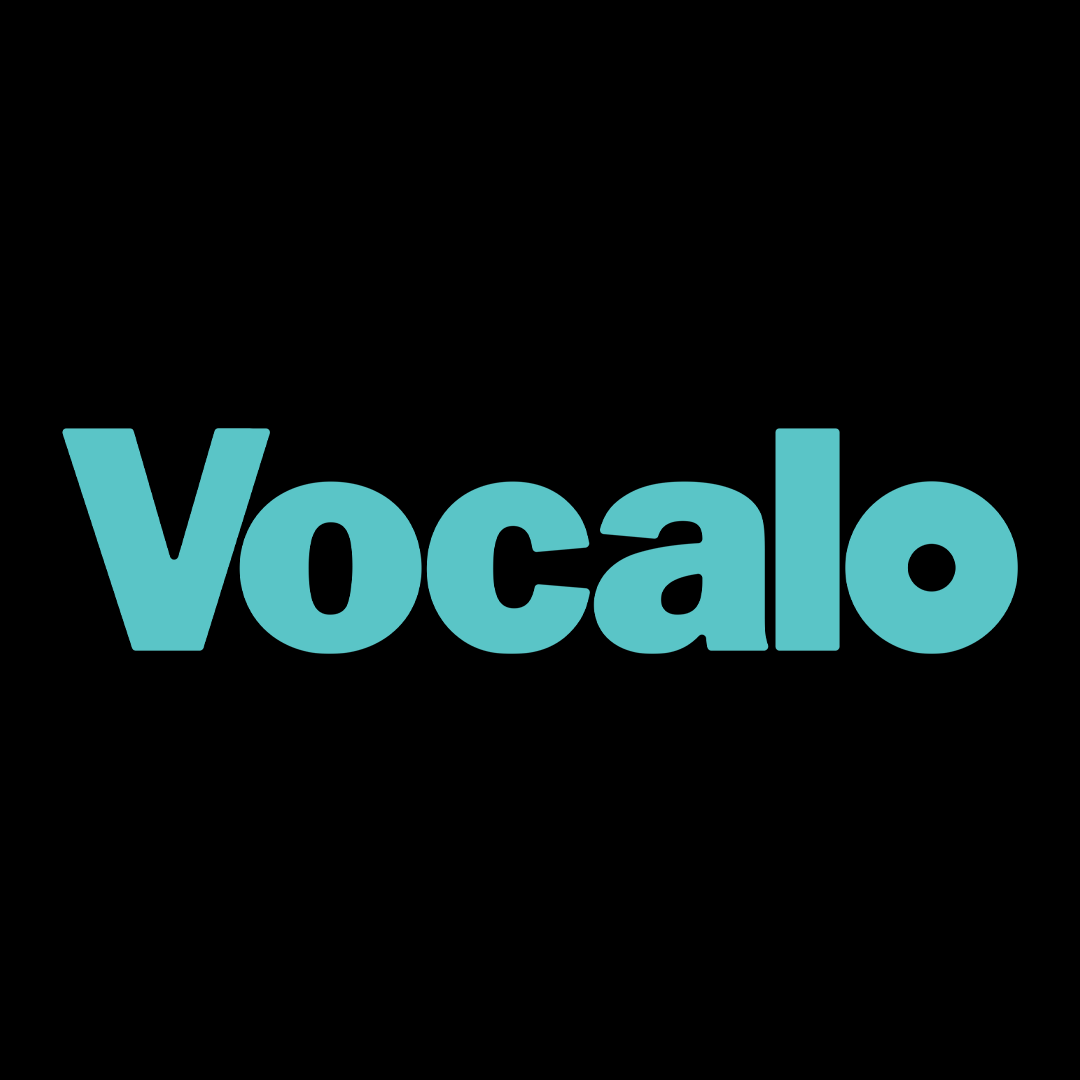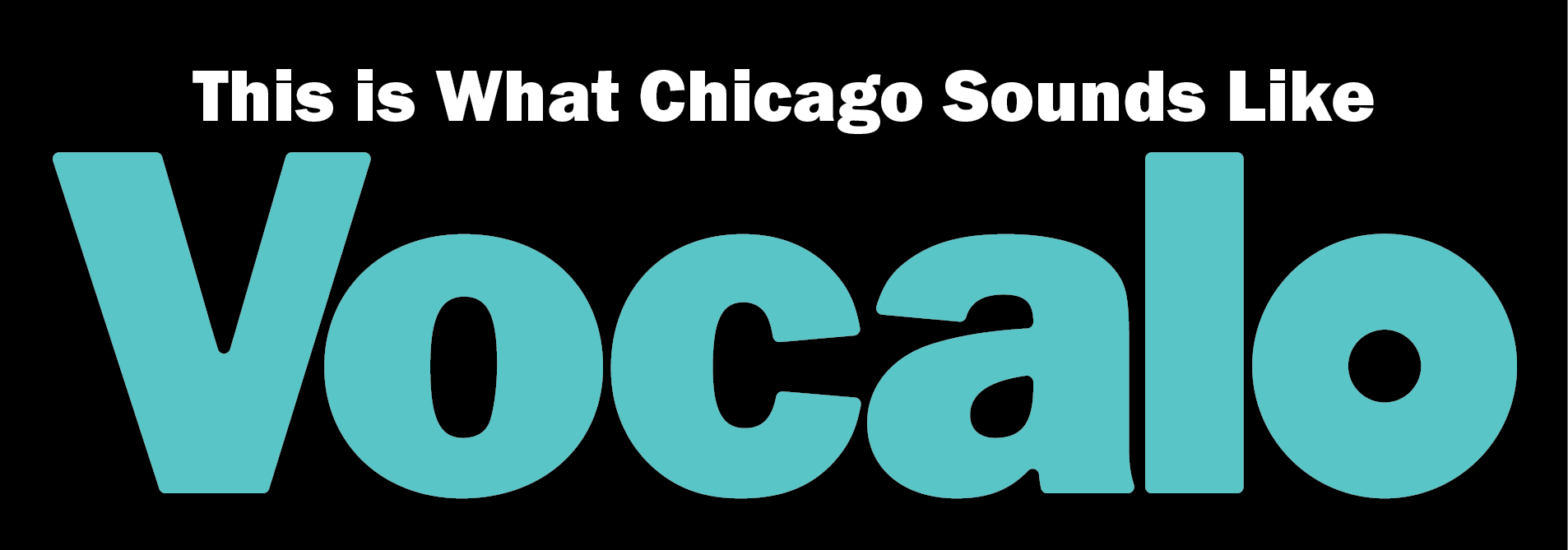Omolará Mino Wants Her Students to Know They Can Do It All
Written by Vocalo Radio on December 15, 2022
Ọmọlará Mino is no stranger to the work of a revolutionary. As a multidisciplinary artist, teacher, social worker and mother, Mino strives to build up the next generation by teaching them to love their history.
Social worker turned teacher Ọmọlará Mino uses her platform to create a world where Black youth are empowered by their rich history. Growing up in Englewood, Mino recalls how her passion for creating for her community began at a young age as she was consistently involved in activities all around Chicago.
“One of the biggest things about my experience in Chicago was being a creator: being on dance teams, performing in the Bud Billiken Parade, having music groups with my cousins.” Mino explained.
From performing as a young child to establishing a signature lyrical flow as an independent artist, Mino’s passion to create has become something she consistently returns to throughout life. After earning an undergraduate degree from the University of Michigan, she decided to use this passion to earn a master’s in social work and become a teacher of African American history, which she refers to as Sankofa.
“I’m very passionate about my people,” Mino said. “I know for a fact that I’m here to create beautiful things for my people.”

Photo by Joshua X. Miller, Vocalo Radio / Chicago Public
Mino’s work as a teacher allows her to channel her passion to shape the lives and futures of her students.
Mino teaches a course on African American history which she calls Sankofa, meaning “to retrieve” in the Ghanaian Twi language. The course allows students to interact with their history in a different way, reconnecting Black students with their African roots and introducing them to the many different revolutionaries that have shaped the world and how they too can shape the world around them.
“It’s all with the idea of us reclaiming our history, reclaiming our truths, reclaiming parts of ourselves that we’ve been taken away from,” she explained.
As a musician in the Chicagoland area, known artistically as Omo Nyame, as well as a teacher, Mino doesn’t shy away from allowing her students to know about the many different fields she’s proficient in. Noting her students have discovered YouTube videos showcasing her rapping and dancing, Mino hopes to use her abilities to inspire her students to know they can do the same.
“That gives me so much assurance that they’re even being able to see that their teachers are multidimensional beings,” Mino said. “And this is not the end to what they can be. They can do it all… I’m happy to be a representative of that.”
Even with her third child on the way, Ọmọlará Mino is not slowing down. Every day, she is continually striving to shape the future and change the lives of her students, her family and her community.

Photo by Joshua X. Miller, Vocalo Radio / Chicago Public
So I like to say that my name is Ọpẹ́ifá, who is the daughter of Renee who was the daughter of the Deborah, who was the daughter of Burnette, who was the daughter of Annie, who was the daughter of Hager. So that’s what I would say, who I am. I create things with the intention of uplifting my community.
Where are you from?
I will say that I’m from Chicago, but I also have had experiences outside of Chicago. And I like to acknowledge that I have a dad, who was in the military, and I spent about five years with him and I got to travel a lot. I’m actually from Englewood, 67th and Peoria. After I left undergrad and I came back home, I moved to Chatham. My family started getting bigger, so we just moved outside of the city, just for the sake of having a better environment for our children to be in. One of the biggest things about my experience in Chicago was being a creator: being on dance teams, performing in the Bud Billiken Parade, having music groups with my cousins. I think a lot about all the routines that we came up with over the years, and how that was the foundation to everything… that I continue to do now, but that I had to rediscover for myself.
What do you mean when you say, “rediscover”?
I was valedictorian from high school. And it put me on a certain path that I was really pushed towards. I was pushed towards medicine, I was pushed towards this professional kind of route that my teachers wanted for me, that I feel like my family wanted for me. And I also understand why people want that for me as well, because they felt like that is how it could be the most successful.
As far as the rediscovery of myself… when I was in college, I spent a lot of my time in humanities in all different ways. And I felt like it opened up this door of self-discovery of who I was, but also rediscovery, where I really started searching for my purpose. And the question that I came to, or that I was brought to, was: What was that thing that you were doing when you were younger, when nobody told you who to be? Before money got involved, before anything on the outside affected your perspective of anything, what was the thing that you did just for yourself? And I think that that is exactly what brought me back to being a creator.
I grew a passion for African American Studies, when I was in college. That’s what I got my undergrad degree in. I’m very passionate about my people. So that’s something that I use as a way to connect with them, as of now. But ultimately, I know for a fact that I’m here to create beautiful things for my people.
I’m a mother, I have two children already. I’m in the midst of having my third as we speak. It’s the reason that I went back to school to get my master’s, when I found out I was pregnant with my daughter. It’s the reason that I show up for Black youth every single day in my community. The biggest thing that I’m trying to do is use this idea of revolution within my own household, within my own family. Once I started having my own children, I realized that’s where we’re supposed to be. That’s where I wanted to center my work, was within my own household. So learning African language, making sure that African culture is in the forefront of all my children’s heads, as well as my students. But being a mother is ultimately the root of me being a creator, in the way that I express that today.

Photo by Joshua X. Miller, Vocalo Radio / Chicago Public Media.
What made you decide to become a social worker?
I was sitting in one of my nursing classes, and I was like, “Wow.” I started thinking, my teachers were the most impactful people as to why I even was granted the opportunity to be in that space, to be at University of Michigan. It wasn’t an opportunity that many folks that came from my high school had, at all, and I recognize the role that my educators played in that. And for me, I wanted to play that role in somebody else’s life. I started teaching, but then I realized that the change that I truly wanted to make was in ways that went outside of traditional curriculum.
I think that’s what led me to get my master’s in social work. I studied community organizing, with a focus on children and youth, as well as being a part of the new leaders and African-centered Social Work program, which really gave me this Afro-centric lens of how I do my work as a community organizer. How I see education as playing a role is my organizing. This role was literally created for me, my principal created this class just for me. That tells me that the passion that I bring every day to my workspace, even as a social worker, shows and is very clear what I care about and who I care about. And it has granted me the opportunity to now, every day, be able to teach 13-year-olds about themselves, which was something that I was not able to have growing up. And I feel prideful about that. Giving them something that they might not be getting in other spaces. I feel like that is revolutionary work. I’m literally doing more than what it is that I thought that I could ever do, for myself and my community.
This classroom is incredible. Can you tell us about the class you teach?
The name of the class that I teach, I call it Sankofa. On paper, it’s African American history, but what I call it and what my students know it is is Sankofa. Sankofa, meaning to go back and fetch it, or that it’s not taboo to go back for the things that we’ve lost. And it’s all with the idea of us reclaiming our history, reclaiming our truths, reclaiming parts of ourselves that we’ve been taken away from. I think that I’m very intentional about debunking a lot of myths about Africa, about who we are as Africans living in America, and just reconnecting my students to the fact that they belong to a global community that goes way beyond the United States. They belong to a global history. They belong to something that is completely phenomenal, and something that you can’t even put into words.
The fact that they come into a room what I see pictures of revolutionaries, we got Audre Lorde, we got Assata Shakur, Nipsey Hussle, Chadwick [Boseman], Alvin Ailey, Nina Simone, Marcus Garvey, to have pictures of Malcolm X, Huey P. Newton, Katherine Dunham, Dr. Ben… what’s more to my story that I haven’t been taught already? What’s more to this story that they don’t usually teach me, and why are they not teaching me this?
How do you balance being an artist and a teacher?
I think that, ultimately, I’ve been trying not to put the pressure on myself of creating at all times. And knowing that even creating a lesson plan, something like that, it takes the same level of craft to present my lesson and to create that lesson than it does for me to create any other kind of project that I create. Also, my students know that I rap and I dance and they done found my YouTube channel and I keep talking about some, “Miss Mino, I found you on YouTube. I saw your YouTube videos. Oh, you roll!”
That gives me so much assurance that they’re even being able to see that their teachers are multidimensional beings. And this is not the end to what they can be. They can do it all. And I’m happy to be a representative of that.
Since 2016, we have been profiling people who give their all to Chicago and enrich us socially and culturally by virtue of their artistry, social justice work and community-building. Take a listen. Read their words. Become inspired.

Interview and audio production by Ari Mejia
Introduction written by Joshua X. Miller
Transcription and editing for length and clarity by Morgan Ciocca
Photography by Joshua X. Miller, edited by Morgan Ciocca
More from Vocalo:
 Vocalo Radio
Vocalo Radio 









